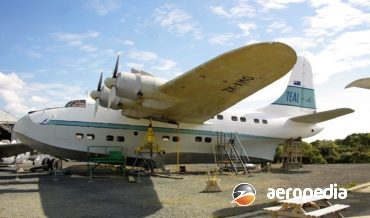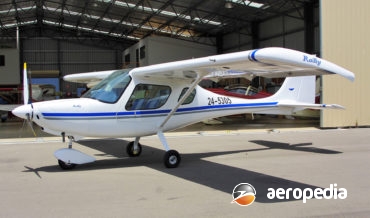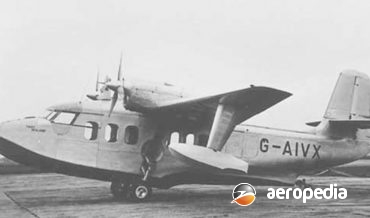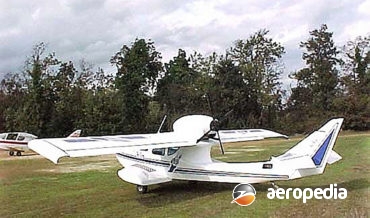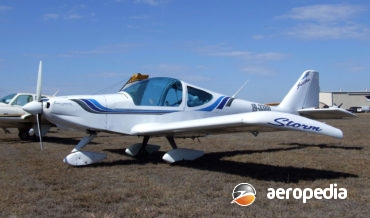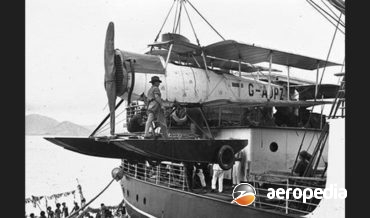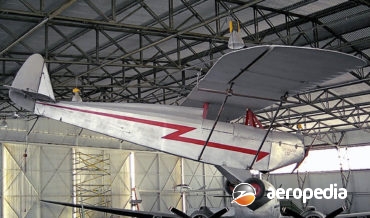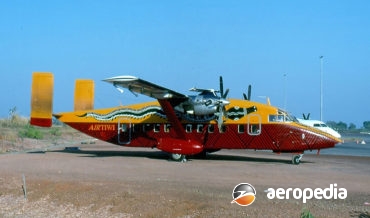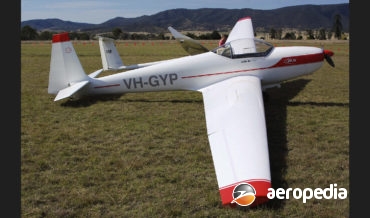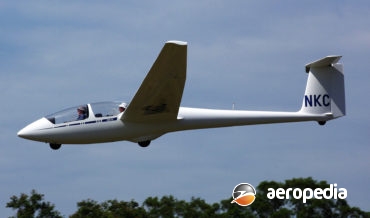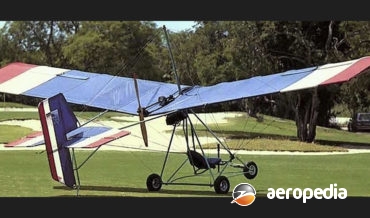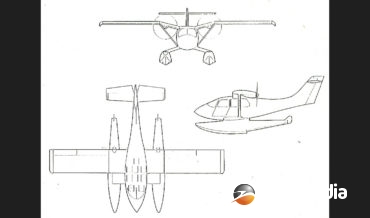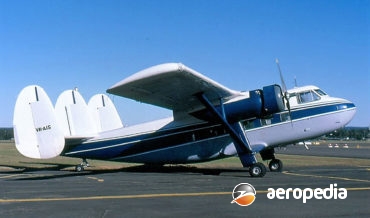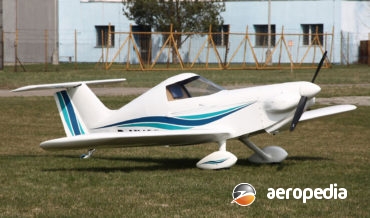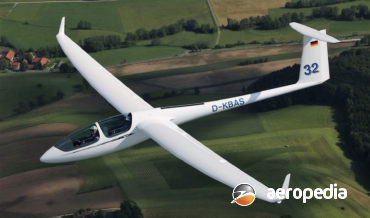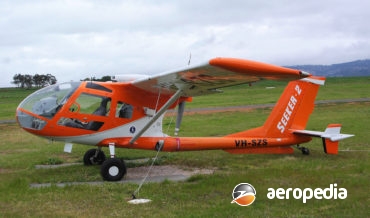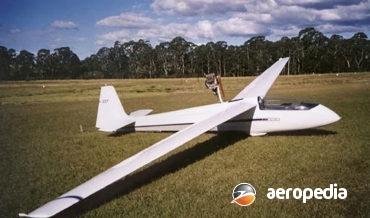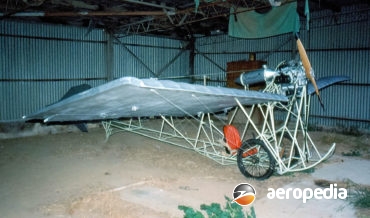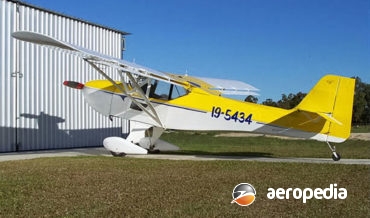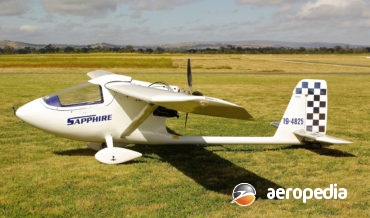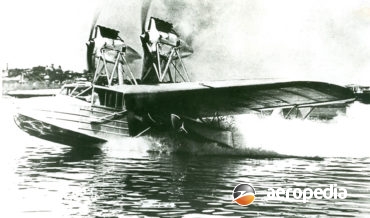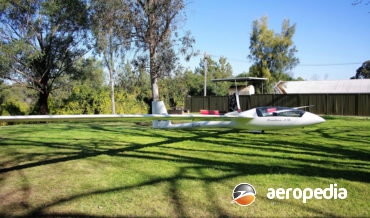All Contents
Contents
In 1945 Short Bros flew a variant of the Sunderland flying-bota known as the Seaford I.
David C. Eyre
- May 8, 2019
The 105 Rally series of light aircraft is one of a range of ultra-light aircraft produced in Italy by S G Aviation to meet the requirements of the world market.
David C. Eyre
- May 8, 2019
The Sealand series was designed by Short Brothers & Harland of Belfast, Northern Ireland, as a completely new flying-boat shortly after World War II, being a five to eight seat amphibian powered by two Gipsy Queen 71 engines and a total of 25 examples was completed, ten of these serving
David C. Eyre
- May 8, 2019
The Sea Storm is one of a series of light aircraft designed and built in Italy by S G Aviation and has been developed in two versions, a two-seater and a four seater.
David C. Eyre
- May 8, 2019
The Short Sandringham series was a conversion of the Short Sunderland to meet requirements of airlines for a four-engine flying boat to carry passengers, luggage and freight. The Sandringham I (G-AGKX – ex ML788 - Himalaya) was a former BOAC Sunderland III fitted with Pegasus engines,
David C. Eyre
- May 8, 2019
The Storm is one of a series of light aircraft designed by Giovanni Salsedo and built by S G Aviation at Sabaudia in Italy.
David C. Eyre
- May 8, 2019
Design of the Skyvan, originally known as the Short PD-36, began as a private venture in 1959 at Shorts Light Aircraft Division.
David C. Eyre
- May 8, 2019
The Storm 400 and 500 are part of a range of aircraft produced by SG Aviation in Italy.
David C. Eyre
- May 8, 2019
Sometimes known as the Short Sporting Type, the Short Shrimp was a three-seat commercial biplane fitted with floats and designed and built at the company’s Rochester facility in 1919.
David C. Eyre
- May 8, 2019
The Sheppard CS-2 was one of many light homebuilt aircraft built during the halcyon days of the 1930s when, following many record attempts,much interest was shown around the world in light aircraft.
David C. Eyre
- May 8, 2019
The Shorts 330 was a development of the Short Skyvan freighter, a type which saw service in New Guinea in the 1960s.
David C. Eyre
- May 8, 2019
The Ask 14 was one of a series of gliders designed by Rudolf Kaiser and built by Alexander Schleicher in Poppenhausen in Germany, the prototype (D-KAIS) flying for the first time in 1967.
David C. Eyre
- May 8, 2019
The Shearwater is a four-seat amphibian designed by Mr W Townson and built by his company, Seaflight (NZ) Ltd over a period of seven years, the prototype ( initially ZK-SFA – c/n 1) making its first taxiing trials on Mahurangi Waters in early 2001, and making its first flight later
David C. Eyre
- May 8, 2019
The ASK 21 is a two-seat mid-wing glider with a T-tail designed for instruction but also aimed at the market for cross-country performance and aerobatics.
David C. Eyre
- May 8, 2019
The Condor is a two-seat light sporting aircraft designed by Messrs Bud Head, Robert Carswell and David French of Seahawk Industries and was initially supplied in kit form by that Company, being basically a development of the Eipper Quicksilver series.
David C. Eyre
- May 8, 2019
In the mid-1950s the Hughes Tool Company’s aircraft division set about designing a light, two-seat low-cost helicopter for utility work and training operations and produced the Model 269 the prototype flying for the first time on 2 October, 1956.
David C. Eyre
- May 8, 2019
Seair Pacific Pty Ltd of Airlie Beach, QLD was set up in the mid-1980s to build a full-size prototype of an eight-passenger commercial seaplane powered by two engines in the pusher configuration.
David C. Eyre
- May 8, 2019
Following the demise of the Beagle company in 1970 when it was heading towards putting the Bulldog into production as a trainer for the RAF, Scottish Aviation at Prestwick, Scotland, took over the development of the type, there being orders for 256 Bulldogs extant at the time, which included some
David C. Eyre
- May 8, 2019
The Sunbird was a single-seat low-wing monoplane designed and built by Mr Kevin Sedgman .
David C. Eyre
- May 8, 2019
The Twin Pioneer was a twin-engine, light, general purpose transport monoplane designed for both civil and military applications, although the majority of those built were operated by the Royal Air Force and the Malayan Air Force.
David C. Eyre
- May 8, 2019
The SD-1 is a light single-seat sporting monoplane designed by Igor Spacek and built in the Czech Republic by Spacek SRO at Hodonin.
David C. Eyre
- May 8, 2019
The ASG 29 high performance glider was designed in Germany and placed in production by Alexander Schleicher GmbH and Co, being a development of the ASW 27 series, the prototype flying for the first time on 9 November 2005 and deliveries of machines began in 2006.
David C. Eyre
- May 8, 2019
The Cygnet is marketed as the Sea and Sky Cygnet and was initially manufactured by Krucker Manufacturing of Sudbury in Ontario, Canada before production was moved to Fort Walton Beach in Florida and taken over by Sea and Sky.
David C. Eyre
- May 8, 2019
The ASG 32 series of gliders is manufactured in Germany by Alexander Schleicher, the new model being announced by the Company in April 2013 and the prototype was flown at Poppenhausen on 31 May 2014 and subsequently entered production, deliveries commencing in 2015.
David C. Eyre
- May 8, 2019
The SB-1 Rouseabout was a small ultra-light aircraft developed by Seabird Ultralight Aircraft at Port Vernon, QLD.
David C. Eyre
- May 8, 2019
In 2008 Alexander Schleicher announced his company was developing a new design to replace the ASH 26 series, the new model to have extended ailerons and a re-designed wing structure.
David C. Eyre
- May 8, 2019
The SB-4 Sentinel was Seabird Aviation Australia’s first foray into the fully certified field, having previously been involved in the ultra-light field, producing the SB-1 Rousabout, and a two-seat derivative known as the SB-1 Bushranger.
David C. Eyre
- May 8, 2019
The ASH-25 is one of a series of gliders produced by Schleicher in West Germany over the last 75-odd years, one of the first in the series being the Condor designed by Heini Dittmar, built at Wasserkuppe, and which entered production in 1932.
David C. Eyre
- May 8, 2019
The Sentinel was designed for Seabird Aviation Australia of Pialba, Queensland for eventual manufacture for domestic and export markets, the designers being Messrs C W Whitney and D Adams.
David C. Eyre
- May 8, 2019
The Ash 26 series of gliders is produced by Alexander Schleicher GmbH and Co in Germany and was designed by Martin Heide and more than 230 examples have been produced.
David C. Eyre
- May 8, 2019
In February 2011 the company announced an upgrade project for the Seeker, introducing a range of structural upgrades as well as changing the engine to a Lycoming IO-390-A1B6 to improve ‘hot and high’ performance, as well as the ability to mount dual alternators.
David C. Eyre
- May 8, 2019
This series of gliders was introduced to the Company’s range in 1964, being a development of the earlier Zugvogel and SF-26, the SF-27A being a standard Class design for competition.
David C. Eyre
- May 8, 2019
Alberto Santos-Dumont (1873-1932) was a wealthy Brazilian living in Paris, France and he played an important part in promoting the design and construction of airships for some years from 1898, and was one of the first ‘Aeronauts’ to build and fly an airship in controlled and sustained flight.
David C. Eyre
- May 8, 2019
The Arcus was developed by Schempp-Hirth Flugzeugbau GmbH in Germany as a two-seat 20-meter high-performance glider and employed the latest developments in aerodynamic research and has been described as a high-performance and practical aircraft and complements the Company’s Duo Discus series of gliders.
David C. Eyre
- May 8, 2019
The Bushbaby is South Africa’s most successful kit aircraft, produced in some numbers since the early 1990s.
David C. Eyre
- May 8, 2019
The Discus series of gliders was designed by Klaus Holighaus and more than 850 examples of various models have been built, most as Standard Class gliders.
David C. Eyre
- May 8, 2019
The Sapphire was originally designed and built in Australia by Scott Winton to CAO.19.
David C. Eyre
- May 8, 2019
Like all gliders produced by Schempp-Hirth GmbH in recent years, the Janus is of fibreglass construction and is of two seat configuration.
David C. Eyre
- May 8, 2019
S E Saunders Ltd (later Saunders Roe) on the Isle of Wight was set up in the 1920s to design and construct amphibians and flying boats, and one of the first designs produced by the Company was the Saro A.17 Cutty Sark.
David C. Eyre
- May 8, 2019
The Nimbus series of gliders over the years produced by Schempp-Hirth in Germany, and designed by Klaus Holighaus, has been very popular and has been produced in a number of variants, a number having sustainer engines, and others fitted with Rotax engines and able to self launch.
David C. Eyre
- May 8, 2019
Recent Comments
Archives
Categories
- No categories
Categories
- No categories
Latest Posts
Newsletter

